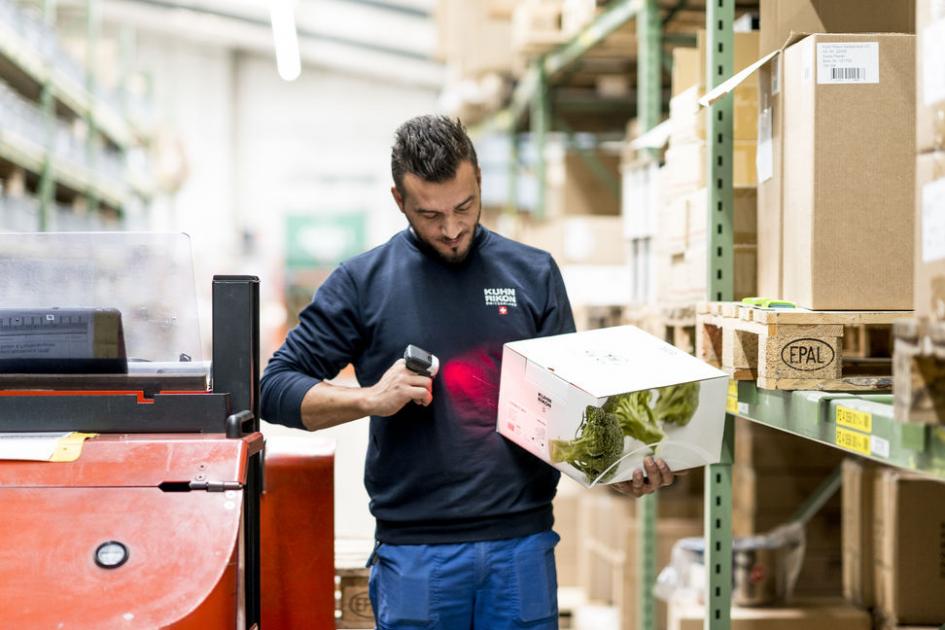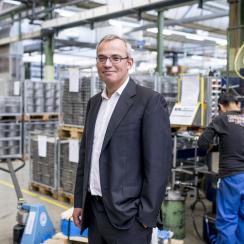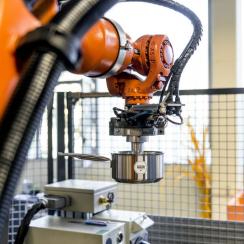A fundamental analysis creates clarity
"First, a potential export market needs to be analyzed precisely," Gerfin begins. The most important thing is to clarify the framework conditions in the relevant country. This should include not only an analysis of the regulatory provisions in the country, such as laws or specifications, but also an examination of the local competition or cultural aspects. "It's important to weigh the target country against other options, too. Once the decision has been made, you need to tackle the market consistently," Gerfin stresses.
At Kuhn Rikon as well, an analysis carried out with the help of S-GE showed that Japan is currently not the right export market, because the entry costs are too high. Mexico, on the other hand, was appealing enough to convince Gerfin. With 22 million households, there is huge potential there. With the right distributor, who facilitated entry into an upscale chain of department stores in Mexico, the Palacio de Hierro, the company also found the right partner.
A business lunch has to include the director
"We have a very flat hierarchy at Kuhn Rikon. In the export markets, the relevant managers and specialists make the decisions. I trust our employees, and when something goes wrong, I take the blame", Gerfin explains.
But Gerfin also has to show presence, especially in Asian countries. "Because of my title, I simply have to be present in some markets. I certainly don't make the decisions, but I need to attend a business lunch in the country once a year."
Customers have more than one requirement
With all sales, whether abroad or in Switzerland, Kuhn Rikon serves two customers: consumers cooking in their kitchens and the retailers who put the products on the shelves. "Retailers are responsible for the majority of our sales. Serving both the merchant and the end customer is often a balancing act, but we always need to make sure we fulfill the needs of both. It's also obvious that we'll be fighting a losing battle if the merchant is not convinced by the product," Gerfin believes.
The right sales channels are also crucial for a successful export plan. "You may have developed the greatest product, but if the sales channels aren't right, you won't make any progress. That is why it was very important to us to find the right distributor in Mexico," Gerfin continues.
3D printers help with product development
When it comes to product development, Gerfin says his company always considers the benefits the product offers first and foremost and whether it gives people pleasure. In the second step, a decision is reached on which material best meets the requirements. "Kuhn Rikon supplies stainless steel cookware and colorful kitchen tools made of plastic. That makes us unique. The buyer at Galerie Lafayette confirmed this for us. Most companies specialize in just one material," Gerfin recalls.
With 3D printers, prototypes of new products can be printed within a very short amount of time. Kuhn Rikon aspires to develop products that are easy to use. Even children or physically disabled people should be able to use them. Gerfin explains: "Our design department works with 3D printers and is much more efficient as a result. They enable us to test out a lot of things immediately to see whether the design and functionality work."
More on Kuhn Rikon's e-commerce activities in the video interview (in german)
S-GE Impulse with Alibaba
Take part in our Impulse "Swiss SMEs entering the Chinese market through Alibaba" and swap ideas about e-commerce with the experts. More information!















